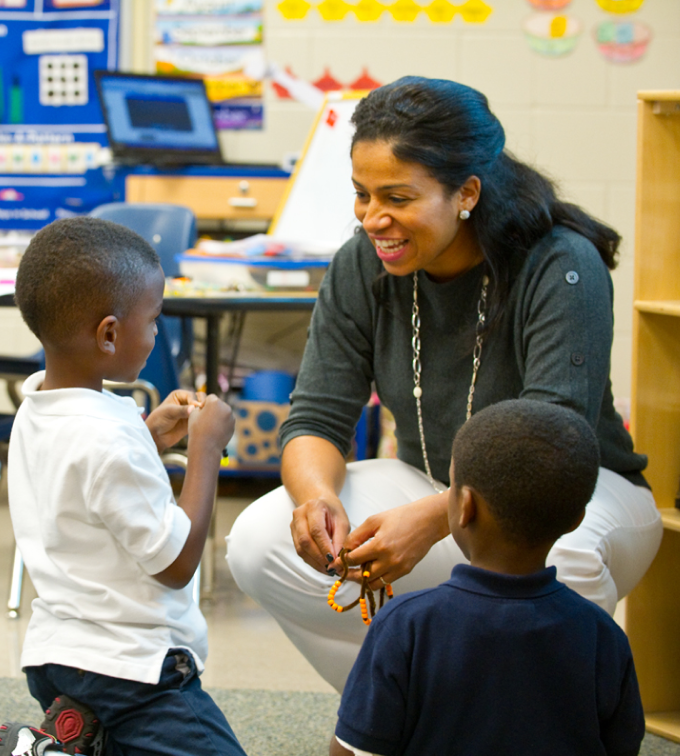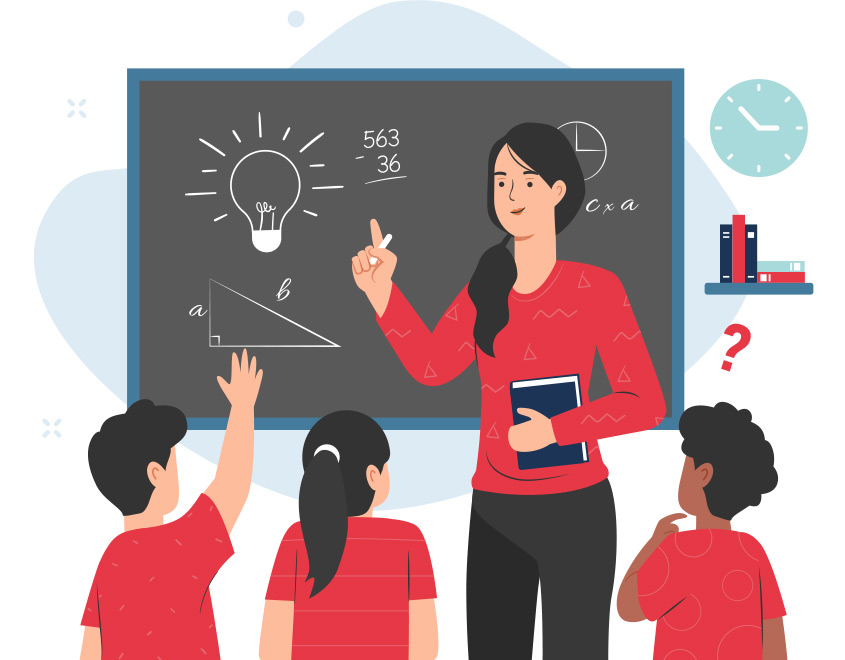Discover the Best Primary Science Tuition Singapore for Your Learning Journey
Wiki Article
A Comprehensive Overview to the Numerous Learning Methods in Main Scientific Research Instruction
The exploration of varied learning methods in primary science guideline presents a chance for instructors to boost student engagement and understanding significantly. By checking out hands-on knowing strategies, inquiry-based strategies, and collaborative methods, we can recognize reliable techniques that cater to different learning styles.
Hands-On Knowing Strategies
Hands-on learning methods play a crucial role in key science direction, involving pupils in energetic expedition and experimentation. These methods allow learners to communicate straight with products and phenomena, fostering a much deeper understanding of clinical concepts. By utilizing manipulatives, models, and real-life experiments, educators develop an environment where trainees can observe, assume, and examine their concepts.Such techniques not only boost understanding but also cultivate crucial thinking and analytical skills. When trainees join activities like building basic machines, growing seeds, or carrying out chemical responses, they are encouraged to ask inquiries and look for answers through their very own observations. This experiential technique aids to debunk complex clinical principles, making them much more available and relatable.
In addition, hands-on discovering promotes cooperation among peers, as students usually operate in groups to carry out experiments or share findings. This synergy not only improves their discovering experience but additionally develops crucial social skills. Ultimately, incorporating hands-on techniques in main science guideline cultivates a long-lasting love of knowing and interest concerning the natural globe, laying a strong structure for future academic quests in science and past.
Inquiry-Based Knowing
Inquiry-based understanding is a training strategy that encourages trainees to ask questions, examine sensations, and construct their own understanding of clinical principles. This method moves the emphasis from conventional teacher-led guideline to a more student-centered experience, where learners take the effort in their instructional journey. By promoting inquisitiveness, inquiry-based learning promotes much deeper involvement with the material, allowing trainees to explore topics in a purposeful context.In practice, this method usually involves hands-on experiments, observations, and vital reasoning tasks that straighten very closely with the scientific method. Students are motivated to develop theories, layout examinations, and assess data, which cultivates vital skills such as analytic and logical thinking. The function of the instructor in this structure is to promote expedition, guiding students with the questions procedure while urging independent thought and collaboration.
Additionally, inquiry-based understanding nurtures a sense of ownership over the learning process, encouraging pupils to seek knowledge proactively. This approach not only enhances understanding of scientific concepts but also fosters a long-lasting love for understanding, gearing up trainees with the abilities required to browse a progressively complex world.
Collaborative Understanding Approaches
Joint knowing methods encourage students to take part in purposeful communications with peers, promoting a common duty for their instructional end results. In main science guideline, these approaches urge students to work with each other to discover clinical concepts, fix problems, and conduct experiments (primary science tuition Singapore). By taking part in group activities, trainees can utilize varied perspectives, enabling richer understanding and retention of scientific expertise
One secret aspect of collective knowing is the emphasis on communication abilities. Trainees have to express their thoughts, pay attention proactively to others, and discuss ideas, every one of which are vital expertises in both real-world and scholastic contexts. This social interaction not just improves their understanding of scientific principles however additionally advertises team effort and problem resolution skills.
When pupils see the value of their contributions within a team, they are more likely to take ownership of their knowing journey. In Bonuses general, including collective learning methods in main science direction cultivates a dynamic discovering atmosphere that prepares trainees for future scholastic and social difficulties.
Innovation Integration in Science
The combination of innovation in main science instruction enhances finding out experiences by providing innovative tools and resources that support numerous teaching methodologies, including collaborative understanding - primary science tuition Singapore. The usage of digital platforms, simulations, and interactive applications enables trainees to engage deeply with clinical ideas, facilitating a much more hands-on approach to understandingOnline research laboratories, for example, enable students to conduct experiments securely and efficiently, advertising inquiry-based learning. These devices can simulate real-world clinical scenarios, enabling pupils to picture intricate processes that would certainly be challenging to reproduce in a conventional class setting. In addition, innovation cultivates communication and partnership amongst students, as they can share searchings for and interact on jobs via online platforms.
In addition, multimedia discussions and educational video clips can enhance lessons by providing to varied knowing styles, making abstract ideas extra available. Information evaluation devices also equip trainees to collect and interpret clinical information, enhancing critical believing abilities. On the whole, the strategic incorporation of technology in primary science instruction not only click for more enhances interaction however likewise prepares trainees for a technically sophisticated society, equipping them with vital skills for future scientific endeavors.
Distinguished Instruction Techniques
Differentiated instruction strategies are essential for addressing the varied demands of students in main science education. These strategies make it possible for instructors to customize their training methods to suit varying capabilities, rate of interests, and learning designs within the class. By using set apart direction, educators can produce a comprehensive environment that cultivates engagement and boosts understanding of clinical concepts.One reliable method is to utilize adaptable organizing, which enables pupils to work together with peers at similar ability levels or with varying perspectives. This strategy motivates peer knowing and advertises important thinking. In addition, providing selections in projects can encourage trainees, permitting them to select tasks that resonate with their passions while still meeting curricular goals.
Moreover, integrating tiered assignments is an additional valuable strategy. By designing jobs with differing levels of intricacy, instructors can guarantee that all trainees are appropriately challenged, no matter of their proficiency. Using formative evaluations to determine comprehending more enables educators to adjust their educational approaches dynamically, making sure that each learner obtains the assistance they require.
Ultimately, carrying out differentiated direction approaches in primary scientific research education not just boosts trainee learning results but likewise cultivates an interest for science, preparing trainees for future scholastic pursuits.

Conclusion
In summary, efficient key scientific research instruction necessitates a diverse strategy that encompasses hands-on knowing, inquiry-based approaches, and joint techniques. The combination of innovation and set apart instruction even more caters to varied discovering designs, cultivating an environment conducive to exploration and important reasoning.The expedition of varied learning methods in primary science direction provides a chance for instructors to boost pupil involvement and understanding significantly.Hands-on knowing techniques play a critical function in main scientific research guideline, involving students in active exploration and testing.Inquiry-based understanding is an instructional method that urges students to find this ask concerns, investigate phenomena, and construct their very own understanding of scientific concepts.Collaborative knowing techniques encourage pupils to involve in purposeful interactions with peers, fostering a shared obligation for their educational outcomes. On the whole, including joint understanding strategies in key scientific research direction cultivates a dynamic knowing atmosphere that prepares students for future scholastic and social obstacles.
Report this wiki page